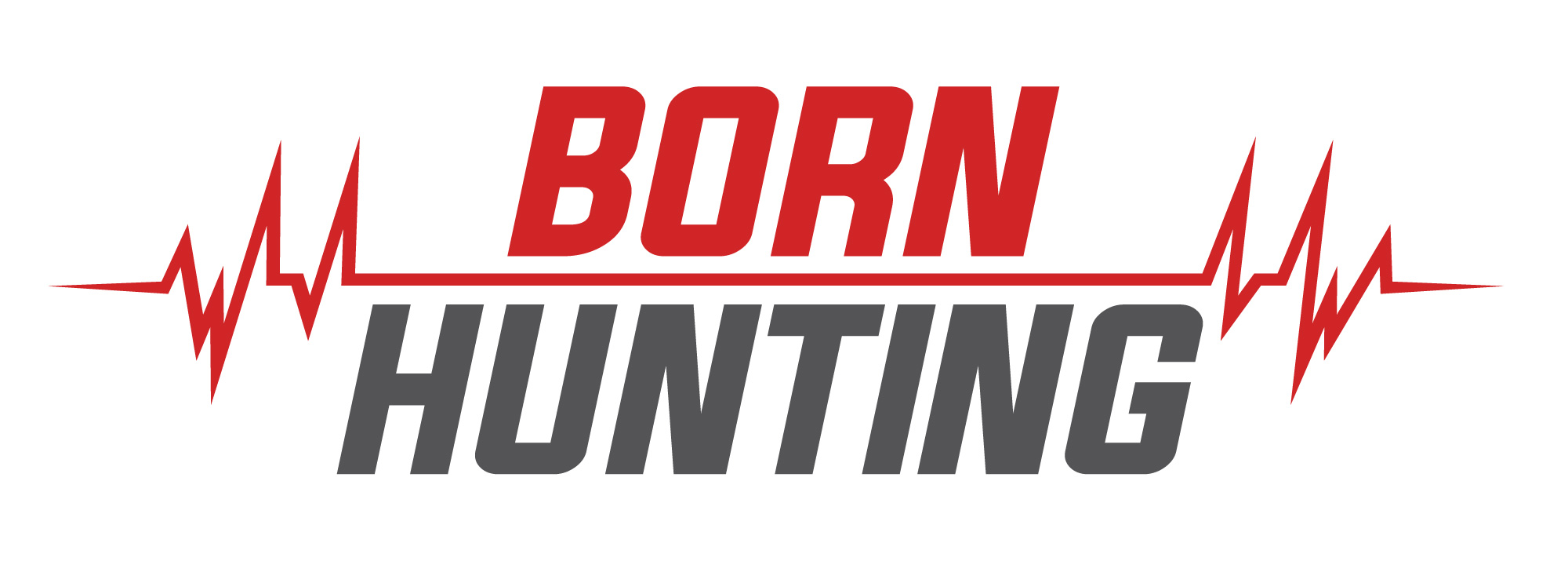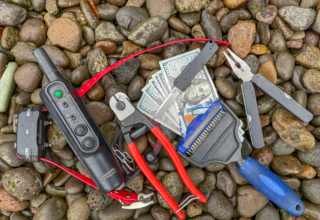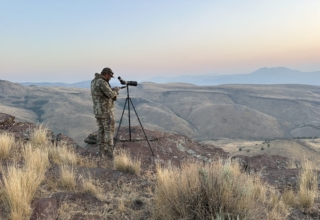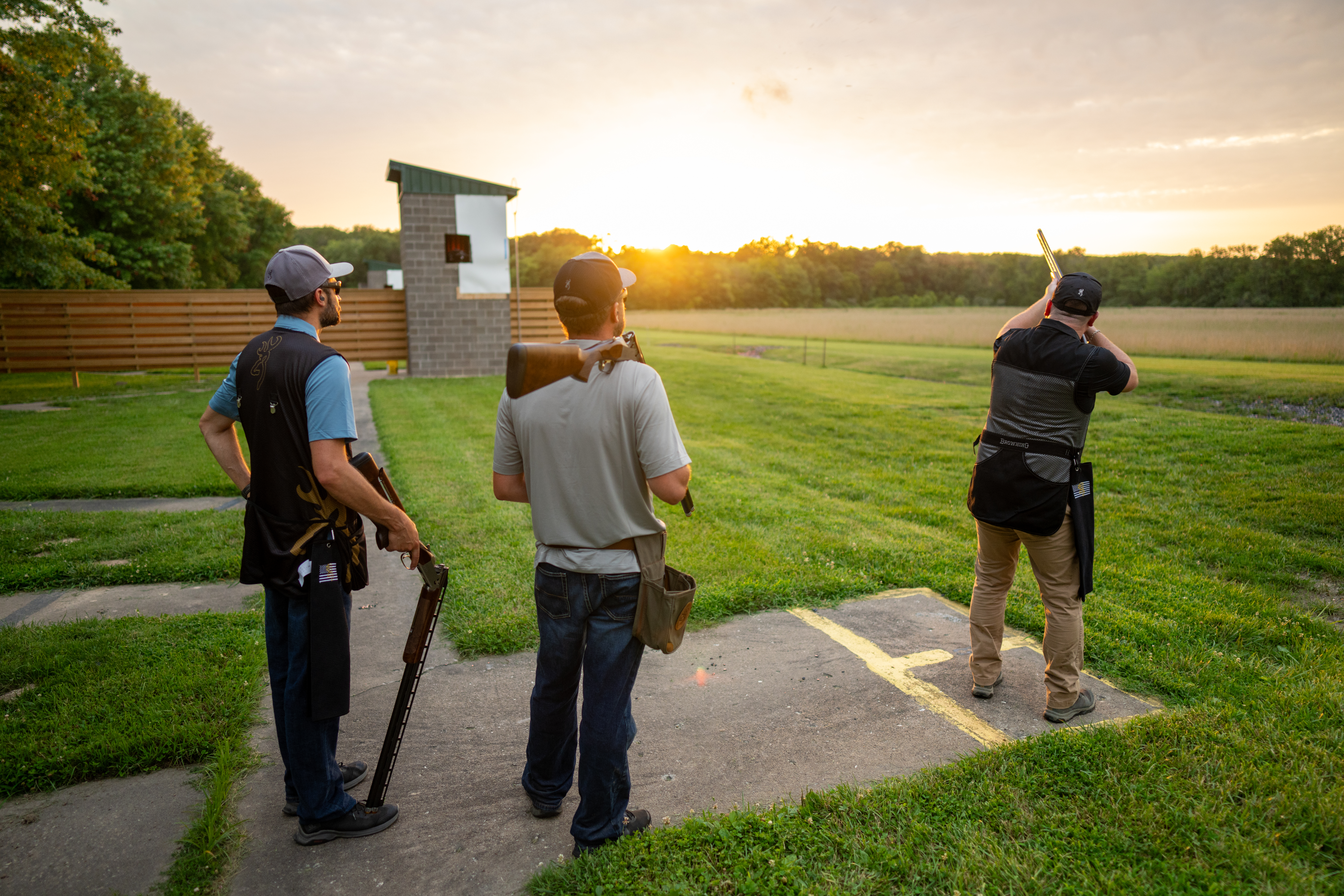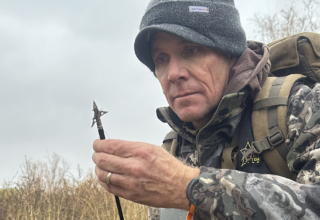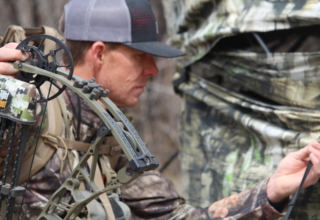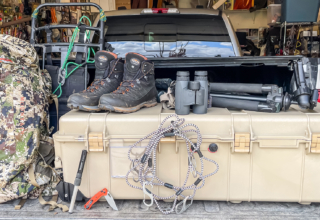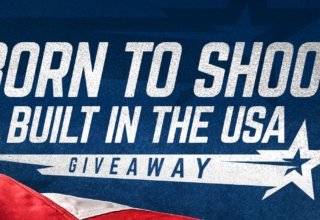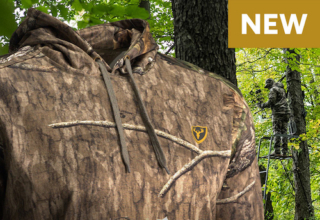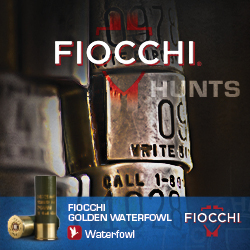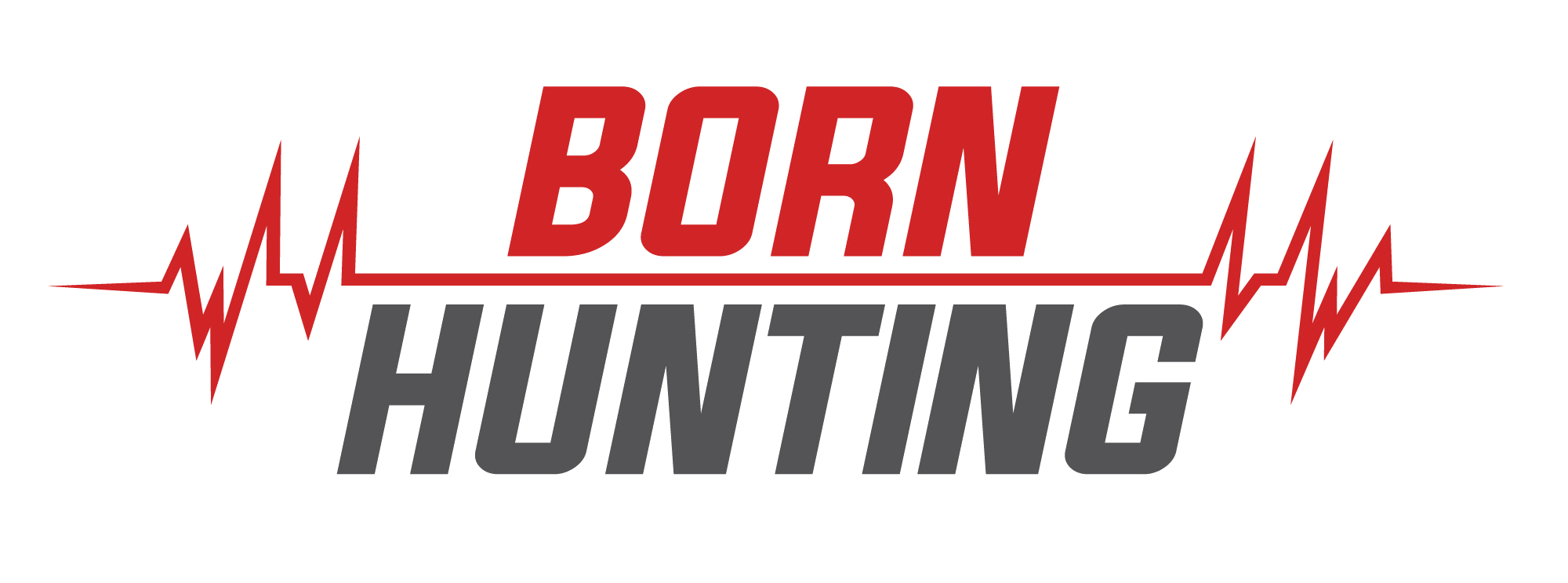Knives and elk hunting go together like bees and honey. Whether you roam the backcountry, cedar-dotted plains, or rocky canyons of the West in search of elk nirvana, the five to-come knives will serve your needs well.
by Jace Bauserman
While most bull elk tip the scale between 600 and 700 pounds, an old battler with excellent genetics can hit the 1,000-pound mark. And, it’s not only the weight; adult males measure between seven and 10 feet from nose to tail.
Why tell you this?
Because you need to know that when you pull the trigger or drop the string on an elk, the real work begins. Have a sub-par knife, and you’ll go from loving life to hating it quickly.
Elk have a hide that can be three-quarters of an inch thick, depending on the time of year. They have heavy muscles and bones, and elk can be a chore to break down and clean with the wrong blade.
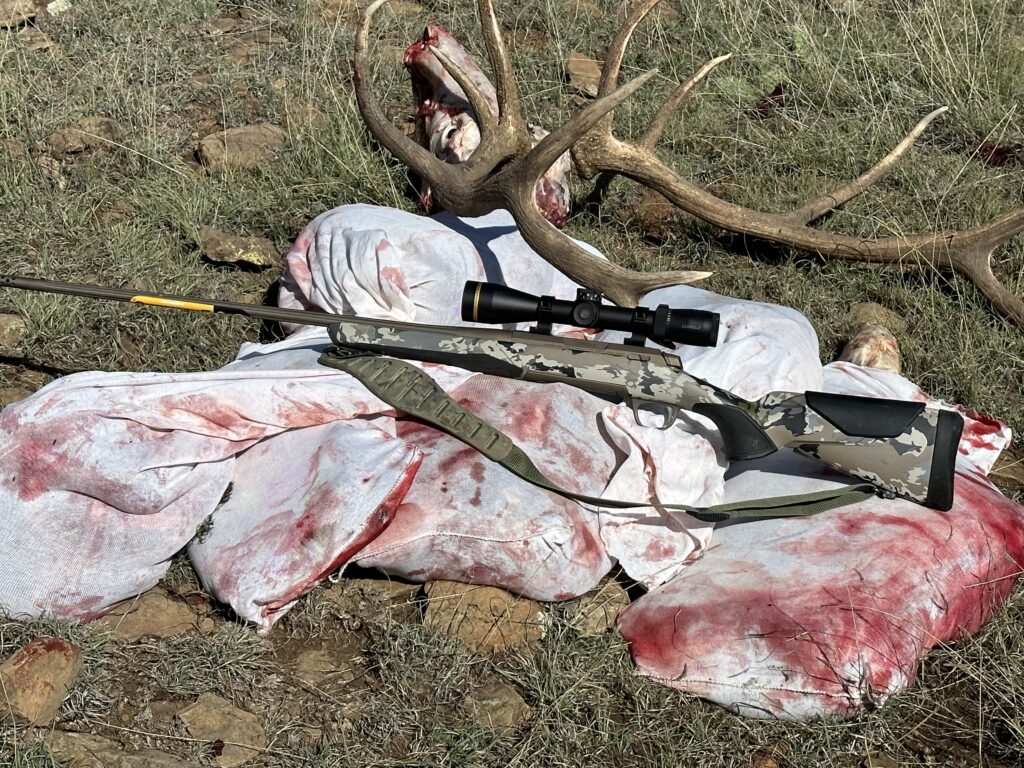
If you’ve struggled to piece apart an elk, especially in cold, snowy weather or in early September when you’re scrambling to get the hide off and meat removed from the bone so it can cool, you know what I’m talking about.
Then, there are those times when you find and harvest a big bull at last light. Usually, this happens on day nine of a 10-day hunt. Your body is broken down, and as the adrenaline wears off, your mind reminds you of the daunting chore ahead. If your knife is junk, you’re in for a longer night.
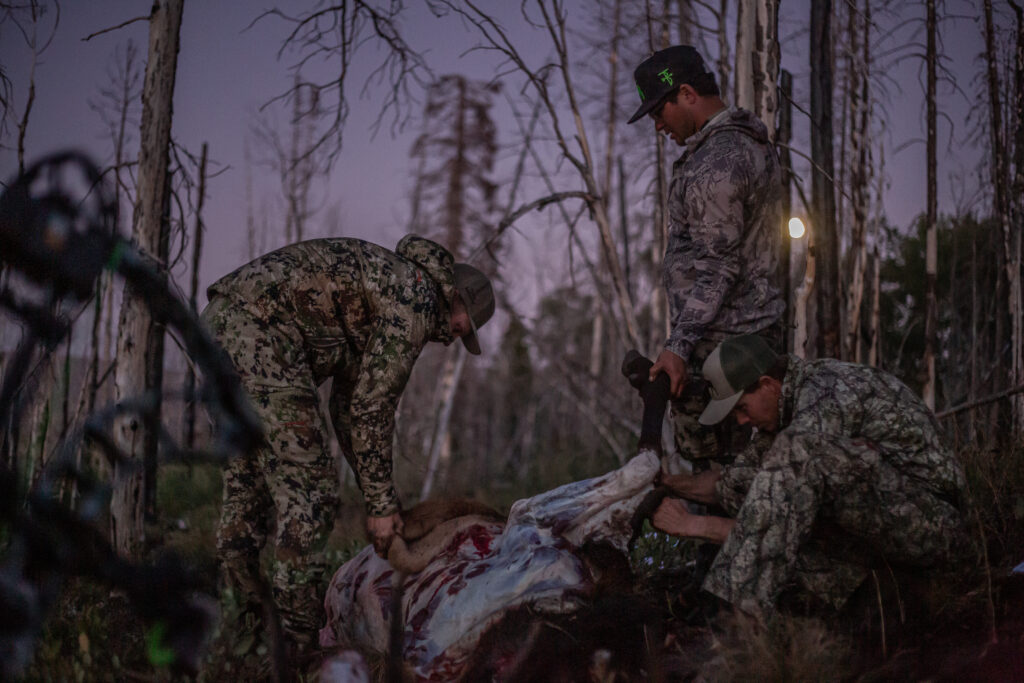
Don’t fret, though. During my elk tenure, I’ve harvested many bulls and cows and have been there when my buddies brought a bull or cow down. I only tell you this to let you know I’ve broken down and packed lots and lots of elk meat, hide, and horns, and I know an excellent elk knife when I find one.
Here are some remarkable knives that will serve you well in the elk woods. While I won’t slug any with a “Best Of” title, these knives are ranked in order of my preference from first to last.
Benchmade Raghorn Carbon Fiber
I realize getting past the $420 sticker shot is difficult. However, I look at an excellent knife like an exceptional pair of boots. When on the hunt, keeping your feet warm, dry, and comfortable is necessary. When an elk hits the ground, being able to skin and quarter (or bone out) the animal quickly and efficiently is a must. The first time you use an excellent knife, you’ll never want anything but a sharp, easy-to-handle, durable blade again.
I’ve pieced apart four bulls, three whitetail bucks, two pronghorns, and one monster 564-pound bear with my Benchmade Raghorn Carbon Fiber. The knife measures 8.9 inches—blade length is 4 inches—and weighs only 3.56 ounces. Length and weight are important factors for the backcountry elk goer, and this drop-point blade knife takes up little room in the pack and adds very little weight.
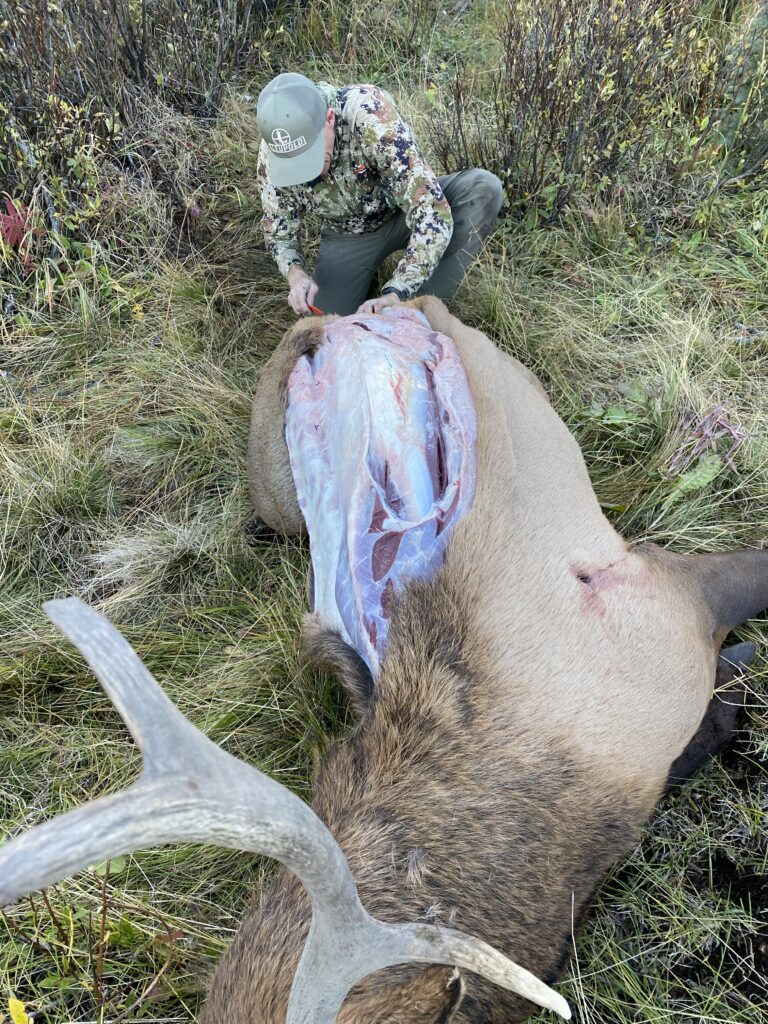
The air-hardenable, non-stainless tool steel is ultra-strong for working around the bone and light prying when necessary. The knife feels remarkable in hand—multiple layers of crisscrossing fiber boost strength, and because the blade runs the full length, raised ribs atop the handle increase grip when the hands are bloody.
I’m still a fan of fixed-blade knives. There is no worry of the blade collapsing against your hand. Plus, a knife with some length increases handling. I applaud the included hard case. Plus, the knife is a breeze to sharpen. Don’t use grinding wheels or any high-powered machinery when sharpening; keep it out of the dishwasher, and this knife will last you a lifetime.
Montana Knife Company Blackfoot 2.0
Another fixed-blade beauty that’s one of, if not the sharpest knife I’ve ever used, the Blackfoot 2.0 is an ideal knife for the elk hunter.
I like the Orange & Black model, but others are available. There’s a reason this knife is regularly sold out on Montana Knife Company’s website: it works! Like most amazing high-quality fixed-blade knives designed to last and handle multiple animals between sharpenings, this 7-3/4-inch long, 3.6-ounce knife will cost you some green. However, after cleaning one cow elk, one big horn sheep, four turkeys, and three feral hogs with it, I’d gladly drop another $300 if I lost the knife.
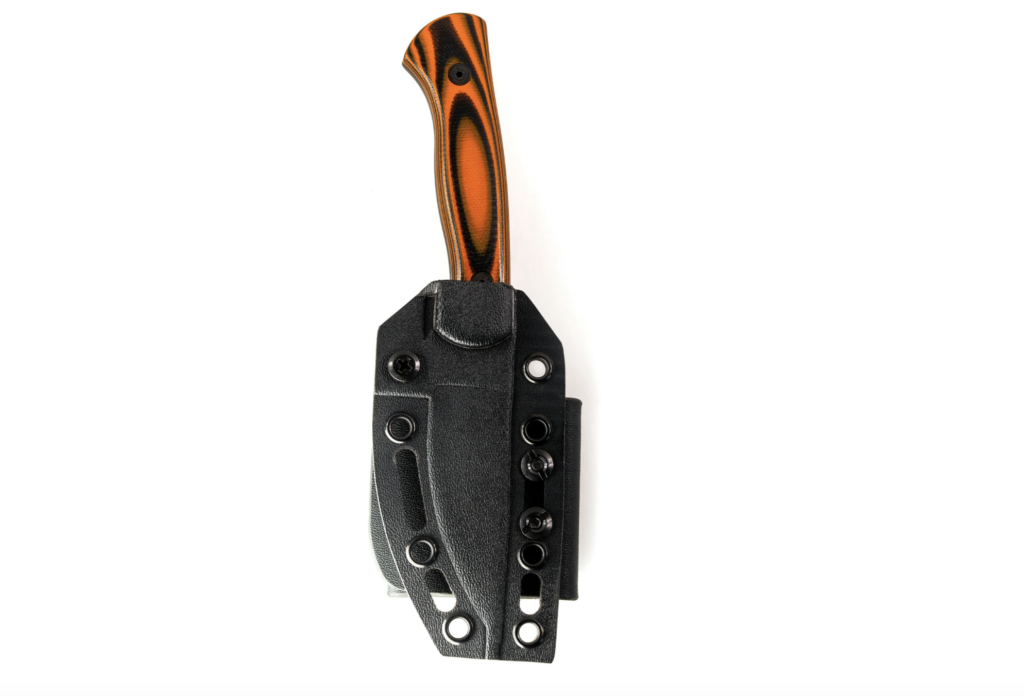
The blade is tough and durable 52100 Ball Bearing Steel. The full-tang construction (the blade runs the entire length of the knife) means you can lightly pry and get aggressive with the knife when you need to. Made in the USA, the blade finish is Black Parkarized, and the blade boasts enough tip to make caping jobs easy and enough beef to bone out meat in a hurry.
The knife comes with an MKC (Montana Knife Company) Open Carry Sheath 2.0 with a reversible quick-attach belt clip for horizontal or vertical carry.
Buck 110 Folding Hunter Knife
As I mentioned at the beginning of this article, I could have gone the “Best” route and slugged headings like Best Fixed Blade, Best Folding, Best Skinner, Best Lightweight, Best Replaceable Blade, etc. But I didn’t. I also didn’t focus on new-for-the-year blades with which I have zero experience.
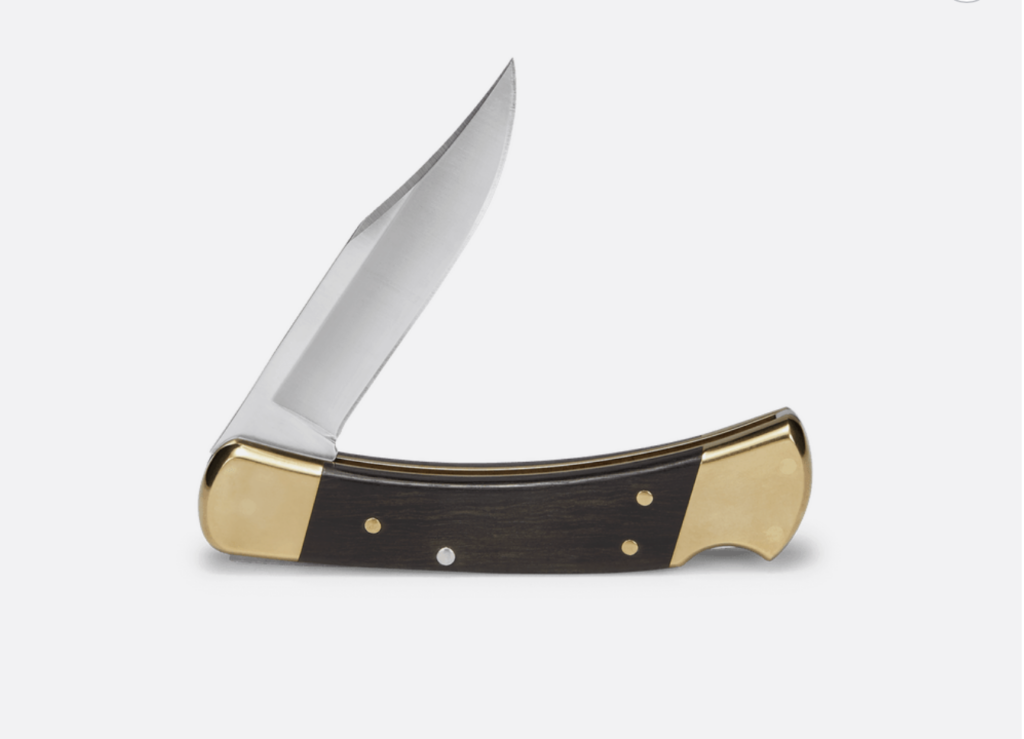
Elk hunting is hard, and even a public-land DIY adventure is expensive. I want to equip you with get-the-job-done elk knives, and Buck’s legendary 110 Folding Hunter Knife is one I hold in high regard.
Yes, it’s a folder. However, the depressible folding button is at the tail-end of the handle, where I’m never putting pressure, and I’ve had zero issues with this knife. Even if I have other knives on my hip or in my pack, I don’t hit the elk woods without this ultra-tough 420 HC steel clip blade with nail-notch. This blade usually comes out when I need to pry, slice around hip joints to free quarters, or hammer through heavy neck meat to get to the atlas joint.
You won’t find a better hunting knife for $64.99. I love the genuine ebony with brass bolsters handle and appreciate the inclusion of the authentic black leather sheath. The blade length is 3-3/4 inches, and the total length is 4-7/8 inches when closed. This folding knife is made in the USA and is essential to any elk knife arsenal.
Browning Back Country Fixed
My 18-year-old son is a hardcore backcountry hunter who wanted to purchase a new blade for the 2023 hunting season. He researched and dropped $79.99 on Browning’s Back Country Fixed Knife.
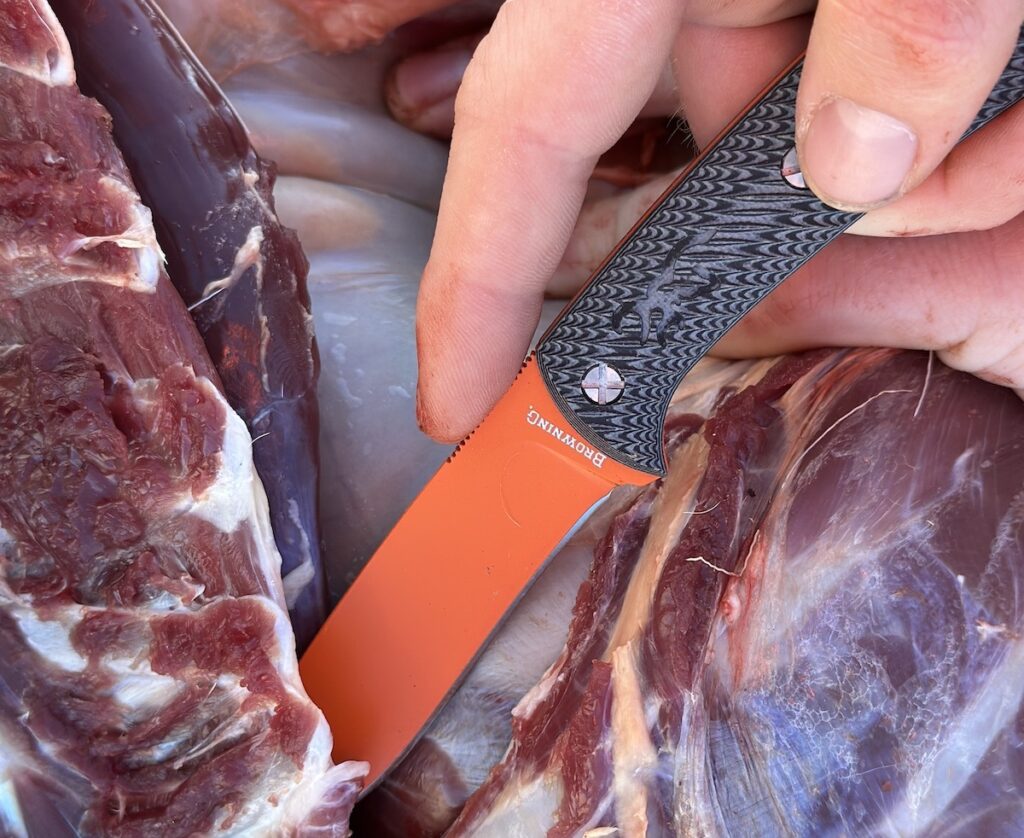
I bought the knife two weeks ago and added it to my elk collection. For $80, you get a lightweight, easy-to-handle knife that sports a perfectly-curved handle to improve in-the-hand feel and overall function. Though the knife doesn’t hold an edge like a Benchmade or MKC, a quick touch-up with the Works Sharp Guided Field Sharpener (what I carry) and the D2 High Carbon Steel drop-point fixed blade springs back to life. Hunter sliced up two pronghorn, one elk, and one whitetail this past season, and he told me recently that he did not need to go to another knife.
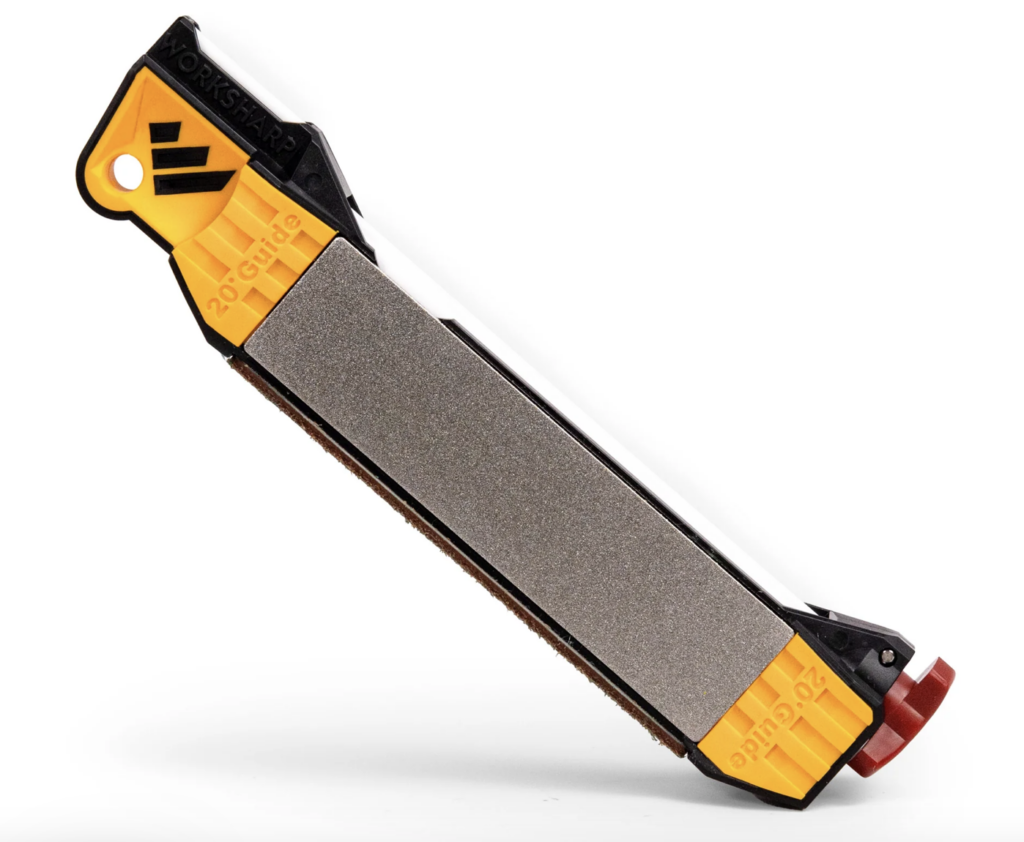
The total length is 7-3/4 inches, and the main blade length is 3-1/2 inches. The blade features an orange ceramic paint finish, and grooves on the blade spine reduce hand slippage. The G10 handle scales are easy to clean and grip, and the knife comes with a light but durable Kydex belt sheath.
Outdoor Edge RazorPro L 3.5″ Replaceable Blade
While I love replaceable-blade knives for small and medium-sized big game, I stopped using them a few seasons back for elk.
Why?
I got sick of snapping blades when applying only a little pressure, and I wasn’t a fan of swapping blades out halfway through an elk cleaning mission.
However, these knives serve a great purpose, and enough of my elk buddies use them religiously that I felt compelled to add to the article.
When I use a replaceable blade on small and medium-sized game, and when my buddies start carving up elk, our go-to is Outdoor Edge’s RazorPro L 3.5″. A durable aluminum blade slot allows the user to put more pressure on the blade, and you’ll snap far fewer OE blades than you will if you go with a Havalon.
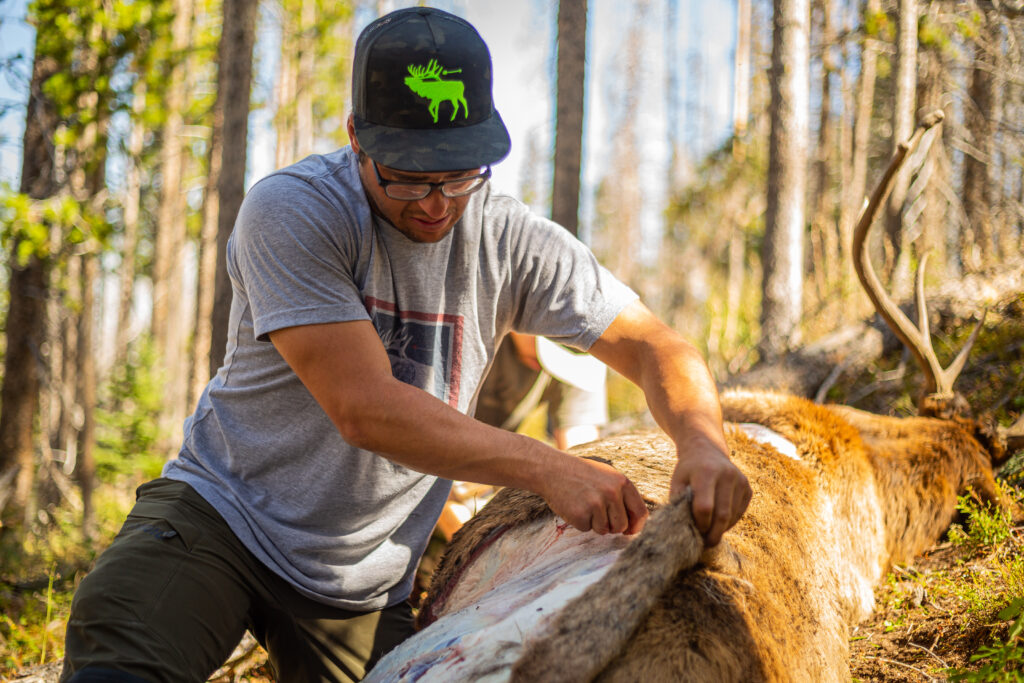
The 3.5-inch Japanese 420J2 stainless-steel blades are surgical sharp, and the push button toward the front of the rubberized TPR handle makes blade swapping easy. The handle is also the most comfortable and non-slipping of any mentioned in this article.
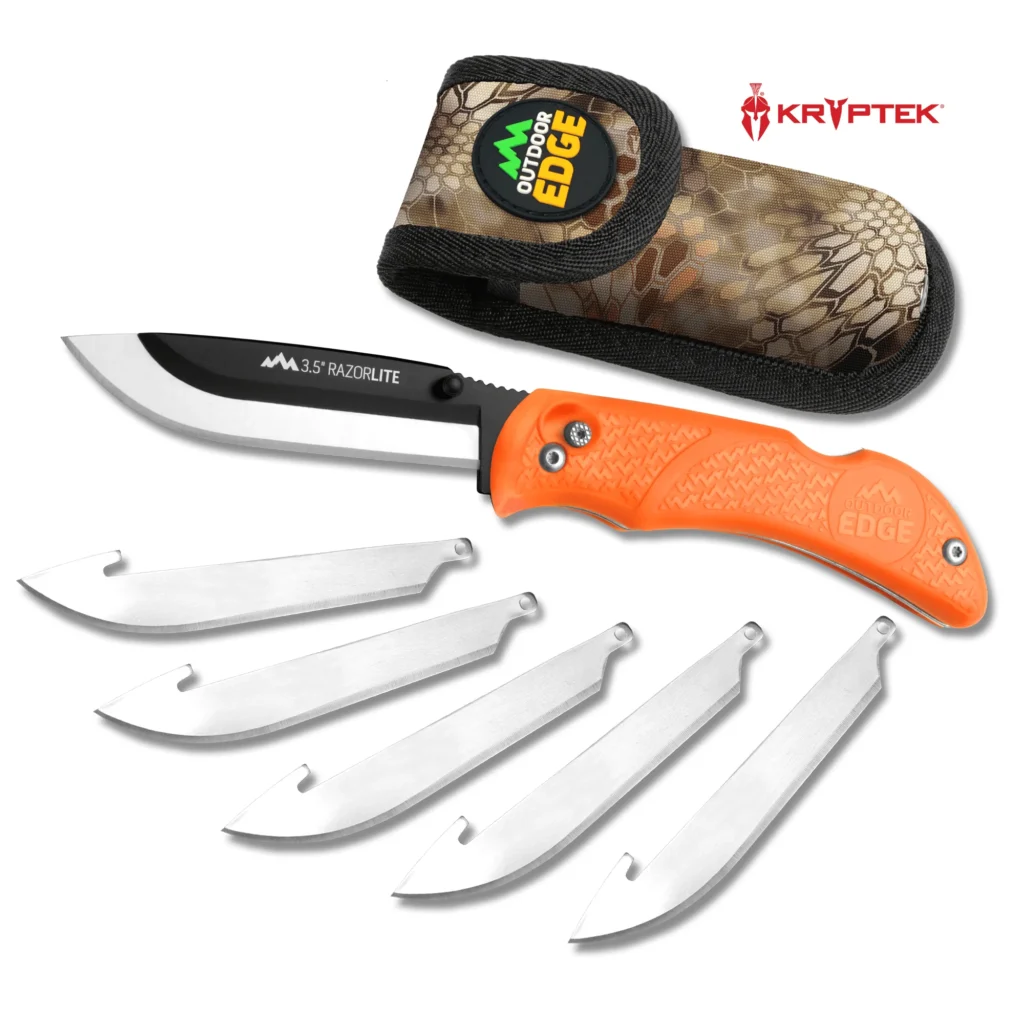
The lockback is super secure, and the bright orange handle makes the knife easy to find. How many times have you been cleaning an animal and misplaced your knife? If you’re like me, more than you can count. This is the reason many manufacturers have gone to bright blades and handles. The knife comes with a Kryptek nylon sheath.
Final Thoughts
You can’t go elk hunting without a knife, or in my case, no fewer than two. And, trust me, you want knives that will easily handle the job and allow you to skin, cape, and cut meat. The knives in the list above will do you right. Enjoy!
